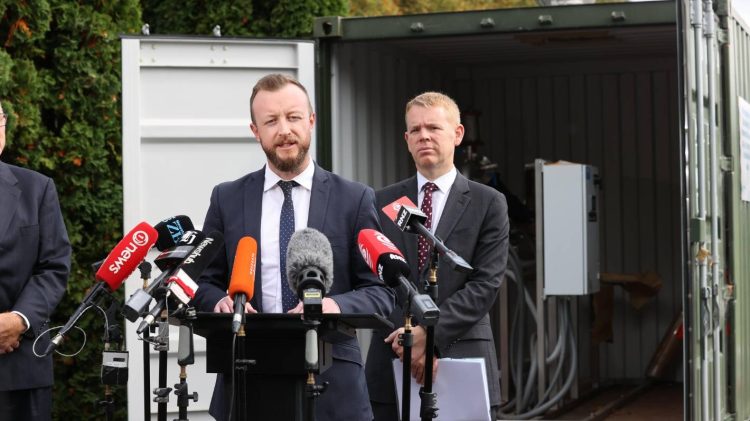Chính phủ nói rằng họ sẽ tạo ra 10 thực thể nước công mới, thay vì bốn, và giữ các khía cạnh đồng quản trị gây tranh cãi trong một thiết lập lại của cải cách Three Waters của nó.
Thủ tướng Chris Hipkins và Bộ trưởng Chính quyền địa phương Kieran McAnulty đã đến thăm một nhà máy xử lý nước nhỏ ở Greytown, Wairarapa, vào sáng thứ Năm để thông báo thay đổi kế hoạch gây tranh cãi, mà Hipkins yêu cầu sau khi trở thành thủ tướng vào tháng Giêng.
McAnulty cho biết ông tin rằng sự thay đổi này sẽ thu được sự ủng hộ của đa số các hội đồng, và cung cấp đủ nền kinh tế quy mô để cải thiện hệ thống nước ngọt, chất thải và nước mưa không phù hợp của đất nước.
Chính phủ cũng đã quyết định ngừng sử dụng thuật ngữ “Three Waters”, thay vào đó đặt tên chính sách là “cải cách nước giá cả phải chăng”, và Hipkins khẳng định “đồng quản trị” là một thuật ngữ được áp dụng sai cho cấu trúc quản trị phức tạp được đề xuất cho các tài sản nước.
Thời hạn cuối cùng để đưa các thực thể nước mới lên và vận hành đã được đẩy ra, từ tháng 7 năm 2024 đến tháng 7 năm 2026. Bên cạnh việc chia tách bốn thực thể nước được đề xuất trước đó thành 10, các cải cách được đề xuất về hệ thống nước ngọt, nước thải và nước mưa của đất nước phần lớn giống nhau.
McAnulty cho biết chi phí nâng cấp cần thiết cho hệ thống nước trên toàn quốc có thể cao tới 185 tỷ USD trong 30 năm tới. Một loạt các chi phí được cung cấp bởi Chính phủ tuyên bố các cải cách có thể tiết kiệm cho người nộp thuế từ 2770 đến $5400 một năm vào năm 2054, trung bình trong mỗi khu vực trong 10 khu vực được chỉ định. Ông không thể đảm bảo các hội đồng sẽ giảm lãi suất một khi họ không còn phải trả tiền cho các dịch vụ nước.




























































